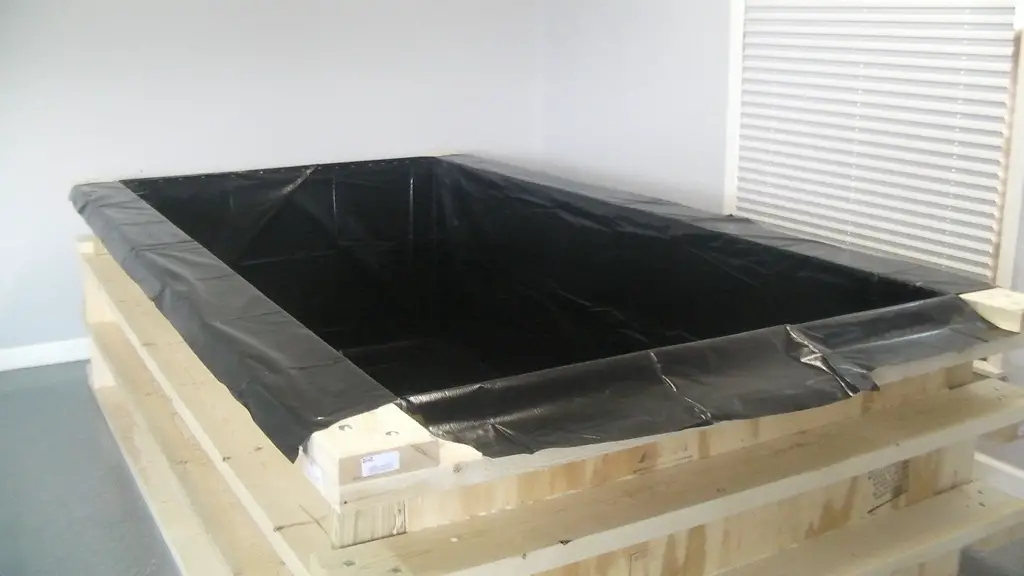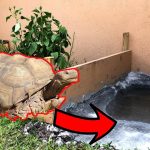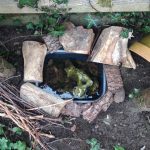### How to Build a Tilapia Pond
Tilapia farming can be a rewarding and lucrative venture for those interested in aquaculture. Whether for commercial purposes or personal consumption, a well-designed tilapia pond can provide a sustainable source of fish. Building a tilapia pond requires careful planning, proper construction, and ongoing maintenance to ensure the success of your aquaculture project.
#### Planning and Site Selection
Before starting the construction of a tilapia pond, it’s essential to conduct thorough planning and select an appropriate site for the pond. The following factors should be considered during the planning phase:
1. Site Selection: Choose a location with access to a reliable water source and suitable soil for pond construction. The site should be free from potential sources of contamination and have good drainage.
2. Size of the Pond: Determine the size of the pond based on the intended scale of tilapia farming. Consider factors such as available space, water supply, and market demand for the fish.
3. Regulatory Compliance: Check local regulations and obtain any necessary permits or approvals for building a tilapia pond. Compliance with environmental and aquaculture regulations is crucial for a successful operation.
4. Water Quality: Assess the quality of the water source to ensure it meets the requirements for tilapia farming. Factors such as pH, temperature, and oxygen levels should be considered.
#### Pond Construction
Once the planning phase is complete, the construction of the tilapia pond can begin. The following steps outline the process of building a tilapia pond:
1. Excavation: Begin by excavating the area for the pond, ensuring that the depth and dimensions are in line with the planned design. The soil removed during excavation can be used to create embankments around the pond for added stability.
2. Pond Design: Consider the shape and design of the pond based on factors such as water flow, aeration, and ease of fish management. Rectangular or oval-shaped ponds are common choices for tilapia farming.
3. Lining and Sealing: To prevent water seepage, the pond should be lined with a suitable material such as clay, bentonite, or synthetic liners. Proper sealing is essential to maintain water levels and prevent contamination.
4. Inlet and Outlet Construction: Install inlet and outlet structures to control the flow of water in and out of the pond. This helps maintain water quality and facilitates drainage when necessary.
5. Aeration System: Consider incorporating an aeration system to ensure adequate oxygen levels in the water, especially in larger ponds or areas with high temperatures.
6. Fencing and Protection: Install fencing around the pond to prevent unauthorized access and protect the fish from predators. Consider using nets or other protective measures as needed.
#### Water Management and Quality
Maintaining optimal water quality is crucial for the health and growth of tilapia. Proper water management practices should be implemented to ensure the success of the aquaculture project:
1. Water Testing: Regularly monitor water quality parameters such as pH, ammonia levels, and temperature. Conducting routine water testing helps identify any potential issues early on.
2. Feeding and Nutrient Management: Develop a feeding regimen based on the nutritional needs of tilapia. Proper feeding practices, along with nutrient management, contribute to the overall health and growth of the fish.
3. Water Exchange: Implement regular water exchange to maintain water quality and remove any accumulated waste or excess nutrients. Proper water circulation is essential for the well-being of the fish.
4. Disease Management: Monitor the health of the tilapia and be prepared to address any signs of disease or infection. Implement biosecurity measures to prevent the spread of diseases within the pond.
#### Stocking and Harvesting
Once the tilapia pond is constructed and water quality is optimized, the next steps involve stocking the fish and eventually harvesting them for consumption or sale:
1. Stocking Density: Determine the appropriate stocking density based on the size of the pond and the growth potential of the tilapia. Overcrowding can lead to poor water quality and stunted growth.
2. Feeding and Growth: Monitor the growth of the tilapia and adjust feeding practices accordingly. A well-balanced diet and proper feeding management contribute to the rapid growth of the fish.
3. Harvesting Techniques: When the tilapia reach the desired size, they can be harvested using various techniques such as seining, netting, or draining the pond. Proper handling and processing methods are essential for maintaining fish quality.
4. Market Considerations: If the tilapia are intended for commercial sale, consider market demand, pricing, and distribution channels. Building relationships with potential buyers or markets is crucial for a successful harvest.
#### Maintenance and Sustainability
To ensure the long-term sustainability of the tilapia pond, ongoing maintenance and management practices are essential:
1. Pond Maintenance: Regularly inspect and maintain the pond infrastructure, including liners, inlets, outlets, and aeration systems. Address any issues promptly to prevent disruptions in water quality or fish health.
2. Environmental Considerations: Implement sustainable practices to minimize the environmental impact of tilapia farming. This may include proper waste management, conservation of water resources, and habitat preservation.
3. Record Keeping: Maintain detailed records of stocking densities, feeding practices, water quality parameters, and harvest data. This information is valuable for evaluating the performance of the tilapia pond and making informed management decisions.
4. Continuous Improvement: Seek opportunities for continuous improvement through research, innovation, and staying informed about advancements in tilapia farming practices. Embracing new technologies and best practices can enhance the productivity and sustainability of the operation.
In conclusion, building a tilapia pond requires careful planning, meticulous construction, and ongoing management to ensure the success of the aquaculture project. By following best practices in pond design, water management, stocking, and maintenance, individuals and businesses can establish a sustainable and profitable tilapia farming operation. With a commitment to quality and sustainability, tilapia farming can be a rewarding endeavor for those passionate about aquaculture and environmental stewardship.





